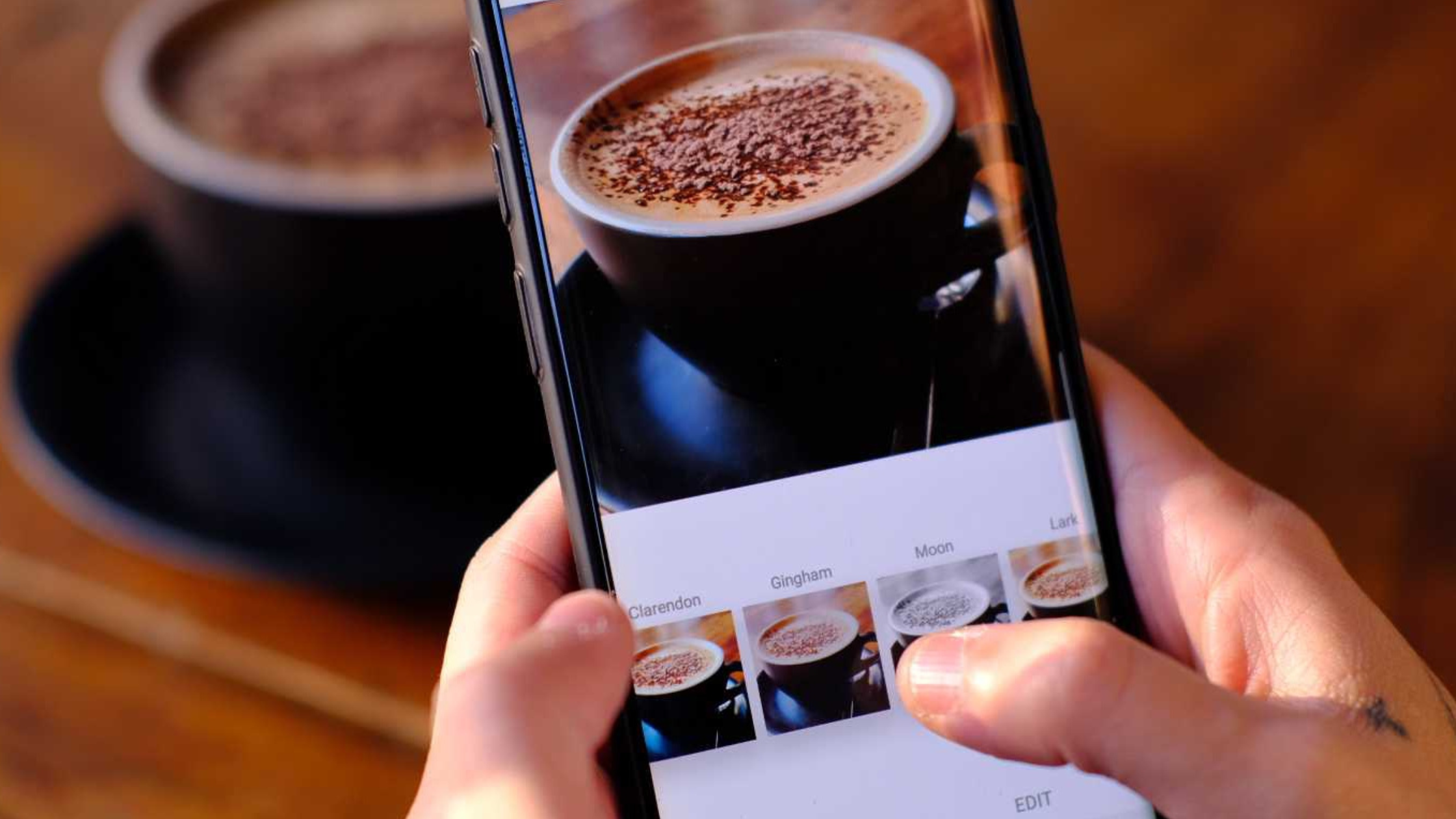Table of Contents
ToggleMastering the Art of Retargeting Ads for Maximum Meta Ad Conversions
Retargeting ads have emerged as a powerful tool for boosting conversions, especially for Meta’s advertising platform. By showing customised ads to users who have previously interacted with your brand, retargeting enables businesses to stay top-of-mind while bringing qualified prospects back to convert.
However, creating effective retargeting campaigns requires strategy and nuance. Brands must walk a fine line between relevance and overexposure or risk frustrating potential customers. When executed well, retargeting ads can significantly increase conversion rates for your most valuable audiences.
This 4,000 word guide will explore best practices for mastering retargeting campaigns and improving Meta ad conversions. Follow our research-backed recommendations to keep your brand relevant while prompting to purchase. With strategic retargeting, you can turn site visitors into loyal customers.
H2: Understanding Retargeting Ads and How They Boost Conversions
Retargeting, also called remarketing, refers to showing customised ads to users who have previously interacted with your brand online. The goal is to capture consumers who left your website without converting by reminding them of their initial interest.
For example, say a user views hiking boots on your outdoor gear website but leaves without making a purchase. With retargeting, your brand can display ads for those hiking boots to the user around the web. By staying top-of-mind, you increase the chances of bringing the user back to ultimately convert on your site.
According to research from AdRoll, retargeted prospects are 70% more likely to convert on your website than new visitors. For ecommerce brands, retargeting ads have proven essential for:
- Driving traffic – Reminding users about your brand brings qualified prospects back to your site or app.
- Increasing conversions – Warm, qualified audiences convert at much higher rates.
- Lowering costs – Retargeting to engaged users costs less than acquiring new ones.
Clearly, retargeting works. But how can brands maximize its impact, especially through Meta’s powerful advertising ecosystem?
H2: Best Practices for Setting Up Meta Retargeting Campaigns
Mastering retargeting on Meta requires an optimized setup. Follow these best practices when structuring your first campaigns:
Choose specific audiences. Segment your retargeting ad groups based on users’ prior actions, like visiting product pages or adding items to their cart. Tailor your ads and offers accordingly.
Define clear goals. Are you driving traffic back to your site or promoting specific products? Set objectives to refine targeting and creative.
Leverage mental triggers. Use ad copy that taps into psychological cues like social proof or scarcity. Try “Popular last season! Almost sold out.”
Test different formats. Mix text, images, video and lead generation ads. See what resonates most with each audience.
Monitor performance. Track metrics like CTR, cost per conversion and ROI. Tweak targeting and creative in response.
Thoughtful audience segmentation, goals, messaging, formats and monitoring set up your Meta campaigns for retargeting success. Now let’s discuss creative best practices.
H2: Crafting Compelling Retargeting Ad Creatives That Convert
Your retargeted ad creatives must strike a balance between familiarity and value. Follow these tips for relevant, non-intrusive messaging:
Lead with the product or offer. Immediately show users what they initially engaged with to spark recall.
Stay on brand. Maintain visual consistency with your website for a familiar feel.
Highlight value. Emphasize special sales, limited-time offers or new features. Give reasons to re-engage.
Use urgency sparingly. Scarcity prompts can boost conversions but don’t overdo it.
Adapt across the funnel. Use different offers for visitors vs. cart abandoners to match intent.
Test variations. Try different headlines, images or call-to-action for the same product or offer.
Remain relevant. Only show ads closely related to users’ earlier site behavior.
A/B testing creatives based on audience segmentation is key. When retargeting feels relevant rather than intrusive, you pave the way for conversions.
H2: Advanced Retargeting Strategies for Increased Conversions
Once you have the retargeting basics down, explore these advanced tactics to take your campaigns to the next level:
Leverage lookalike audiences. Use Meta’s Lookalike Audiences tool to find new users who share qualities with your past converters.
Create custom audiences. Build targeted segments based on traffic, engagement, purchases and more.
Set frequency caps. Limit how often users see your ads to avoid oversaturation.
Sequence ads. Show a series of complementary ads that lead prospects through the funnel.
Integrate across channels. Sync your retargeting campaigns with other digital channels using pixels and APIs.
Test spending. Experiment with higher daily budgets for priority segments to determine impact.
Focus beyond converters. Retarget engaged non-converters, email subscribers and lapsed customers too.
As you become more sophisticated, you can create highly tailored sequences aligned to each user’s position in the purchase journey. Combining custom audiences, adaptive messaging and multi-channel integration unlocks retargeting’s full potential.
H2: Common Mistakes That Hurt Retargeting Performance
While the upside of retargeting is tremendous, there are also pitfalls to avoid:
Relying solely on open-ended audiences like “All website visitors” leads to irrelevant, intrusive ads. Use specific segments.
Generic creatives that are overly broad don’t convey relevance. Tailor messaging to match audience intent.
Overexposing users by showing too many ads too frequently annoys and turns off potential customers. Set reasonable frequency caps.
Choosing the wrong success metrics can disguise poor performance. Track post-click actions like purchases rather than just clicks and impressions.
Not testing enough variants of audiences, creatives and placements leaves opportunity on the table. A/B test relentlessly to optimize.
Giving up too quickly means you may miss delayed effects as ads start resonating. Allow time for sufficient data.
Be vigilant against these pitfalls to get the most from your ad spend. Monitor for relevance, adaptation and fatigue across every segment.
Conclusion: H2: Mastering Retargeting for Continuous Meta Ad Results
Done right, retargeting is a meta marketer’s secret weapon – delivering up to 800% ROI according to WordStream research. Mastering audience segmentation, tailored creatives and adaptative sequencing gives brands the blueprint for executing sophisticated campaigns.
While retargeting is already proven to boost conversions, unlocking its full potential requires testing, optimisation and innovation. Brands investing in retargeting expertise now can gain a lasting edge over competitors.
As Meta’s platform grows more advanced, the possibilities for targeted, relevant advertising innovation expand dramatically. Retargeting sits at the forefront, allowing brands to re-engage their most qualified prospects.
Brands that leverage data-driven testing and optimisation to perfect their approach can build lasting customer relationships while maximising their ad ROI. The blueprint now exists to take your retargeting campaigns into the future. Will you lead or follow?
H2: Frequently Asked Questions
What are the benefits of retargeting ads?
Retargeting ads boost conversions by engaging previous site visitors through customized messaging around the web. Benefits include increased traffic, lower costs per conversion and improved ROI.
How are Meta’s retargeting ads different from other platforms?
Meta (formerly Facebook) offers robust options for audience segmentation, creative testing and cross-channel integration. Meta’s detailed user data enables highly targeted sequencing.
What makes an effective retargeting ad?
Strong retargeting ads prominently feature the relevant product while highlighting value. They balance familiar branding with urgency through scarcity or discounts.
How can I avoid annoying users with my retargeting ads?
Carefully tailor messaging to user intent, limit frequency with caps, adapt creatives to sequence ads and focus on converting best prospects first.
What metrics should I track for my retargeting campaigns?
Closely monitor post-click conversions, cost per conversion and ROI across specific audiences and creatives. Use testing to optimize for sales.


